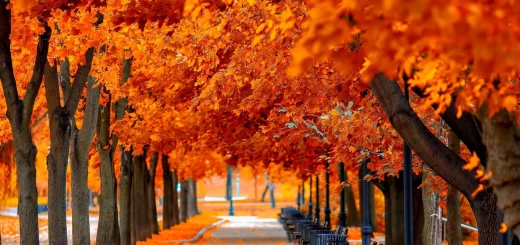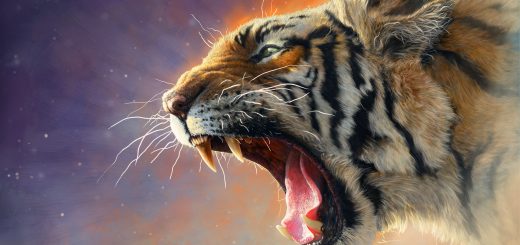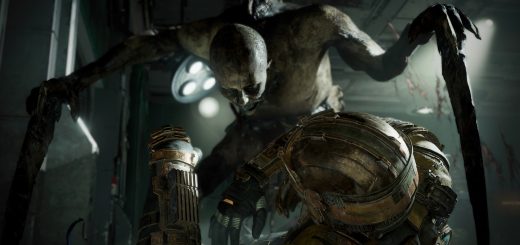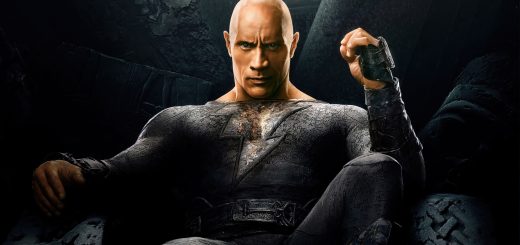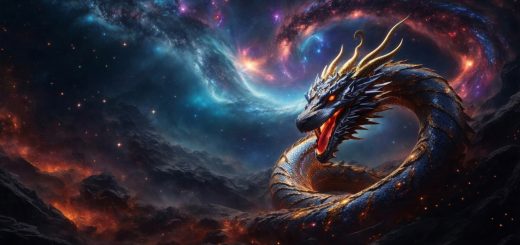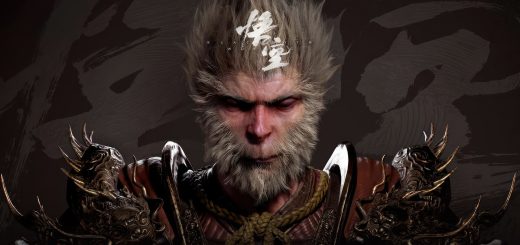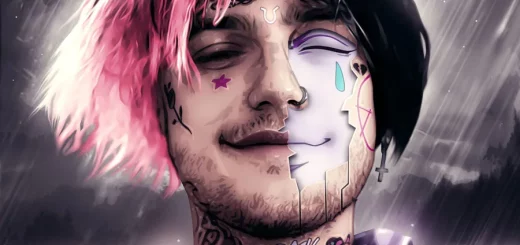Naruto Uzumaki Wallpaper
Naruto Uzumaki: Anime History’s Konoha Hero
One of the most popular anime and manga series ever, “Naruto,” chronicles the adventures of an orphaned ninja named Naruto Uzumaki who aspires to become the Hokage, the head of his village, Konoha (the Hidden Leaf Village), and the strongest ninja in the group. Millions of fans have been enthralled with the series by Masashi Kishimoto because of its intricate character development, compelling narrative, and themes of friendship and tenacity. This article delves into the history and significance of the “Naruto” series, emphasizing the role of Naruto Uzumaki and the series’ lasting impact on popular culture.
The “Naruto” Series’ Beginnings
From 1999 to 2014, Weekly Shōnen Jump magazine serialized “Naruto,” a manga series consisting of 700 chapters collected into 72 volumes. Studio Pierrot and Aniplex produced two anime television series based on the story: “Naruto,” which ran from 2002 to 2007, and “Naruto: Shippuden,” which carried on the plot from 2007 to 2017.
In the fictional world where the series is set, there are ninja clans with distinct skill sets. The protagonist of the story is Naruto Uzumaki, a young ninja who strives to be accepted by his peers and wants to lead the village as the Hokage. The narrative focuses on his relationships and rivalries, especially those with Sasuke Uchiha, who is both his closest friend and occasional enemy. It also examines his travels and personal development.
Naruto Uzumaki: The Hero from Opposition
Beginning as an underdog, Naruto Uzumaki is teased and rejected by his peers due to his connection to Kurama, the Nine-Tails Fox, a formidable demon that assaulted Konoha prior to his birth. Naruto is tenacious, enthusiastic, and has an unwavering optimism and belief in his dreams despite the village’s contempt. His journey embodies the fundamental themes of resilience and perseverance, as seen in his unwavering pursuit of self-improvement and acceptance.
Character growth for Naruto is a major plot point in the series. He develops into a strong ninja and a well-liked leader from a mischievous and lonely youngster. His development is greatly influenced by his interactions with other characters, including mentor Jiraiya, teammates Sakura Haruno and Sasuke Uchiha, and sensei Kakashi Hatake. The tale of Naruto is not only about his own development but also about how he changed from being a troublemaker to a symbol of harmony and hope for people around him.
Key Ideas and Narrative Sequences
The nature of fate, the value of friendship and relationships, and the search for one’s own identity are just a few of the important themes that “Naruto” examines. With each character having a unique past and set of motivations, the series explores the struggles of a variety of people, giving the narrative depth and complexity.
Key story arcs include:
- The Chunin Exams: This arc introduces many key characters and sets the stage for future conflicts. It showcases Naruto’s growth as he faces various challenges and opponents.
- The Search for Tsunade: This arc is crucial for Naruto’s development, as he learns about responsibility and leadership while helping to find Tsunade, who becomes the Fifth Hokage.
- Sasuke Retrieval Mission: A turning point in the series, this arc deals with Sasuke’s defection from Konoha, highlighting the deep bonds and conflicts between him and Naruto.
- Akatsuki and The Fourth Great Ninja War: These arcs explore the deeper lore of the ninja world, including the history of the Uchiha clan and the origin of chakra. They culminate in the Fourth Great Ninja War, where the fate of the world is at stake.
- The Final Battle: The concluding battle between Naruto and Sasuke represents the culmination of their shared history, contrasting ideologies, and deep emotional bonds.
Cultural Significance and Heritage
“Naruto,” one of the most well-known and significant anime and manga series ever, has had a significant influence on popular culture worldwide. It has introduced a wide variety of characters and intricate storylines that appeal to viewers all over the world. The series has received accolades for its epic action scenes, deep emotional depth, and well-developed characters.
The anime version has greatly contributed to the series’ popularity with its unforgettable soundtrack and voice acting. Cultural icons include Naruto’s signature headband, eye-catching orange jumpsuit, and well-known jutsu (techniques) like the Shadow Clone and Rasengan.
Many people find inspiration in the series’ themes of triumphing over adversity, the value of relationships, and the conviction that one can alter their destiny. The popularity and influence of “Naruto” have been furthered by the countless spin-offs that have been produced, such as “Boruto: Naruto Next Generations,” which tells the story of Naruto’s son, and a plethora of motion pictures, video games, and merchandise.
Few words from us..
“Naruto” is a cultural phenomenon that has impacted millions of people’s lives; it is more than just an anime or manga series. Naruto Uzumaki’s journey from a lonely misfit to a cherished leader and hero strikes a deep chord with viewers, imparting wisdom on resiliency, empathy, and the potential of dreams. The series is a timeless classic in the anime and manga genres because of its complex plots, rich world-building, and well-rounded characters.
The adventures of Naruto and the younger generation in “Boruto” are still enjoyed by fans, solidifying “Naruto’s” status as a mainstay of contemporary anime culture. Fans all across the world will always cherish “Naruto” and its hero, Naruto Uzumaki, whether they are seen as vivid wallpaper or remembered through its iconic moments.















































